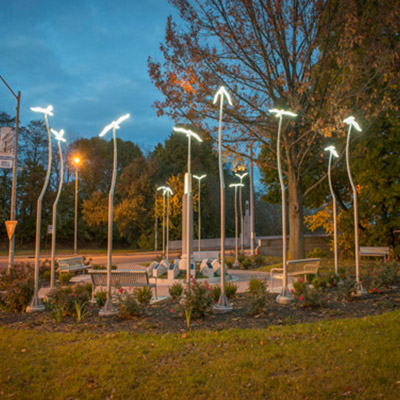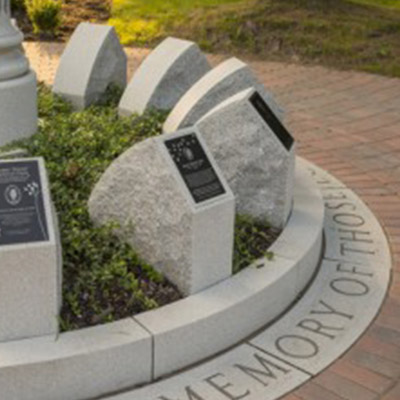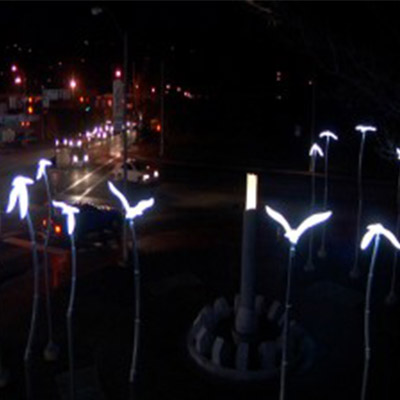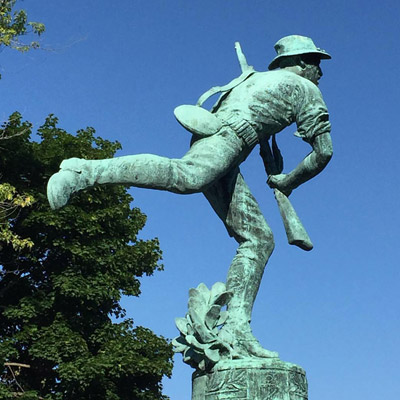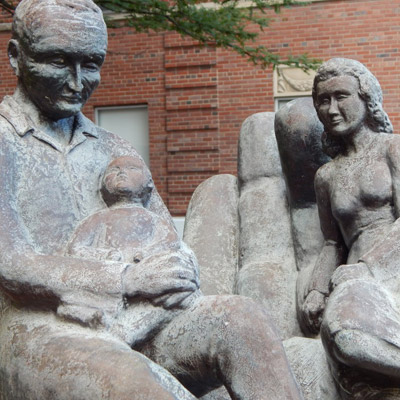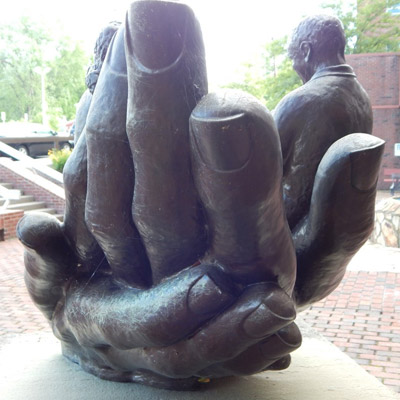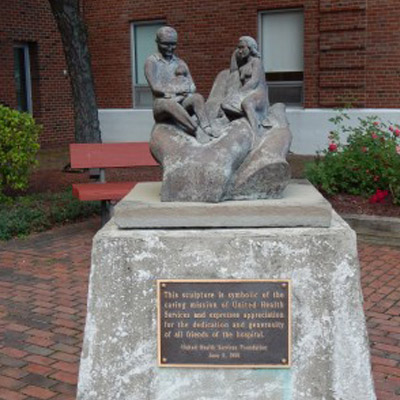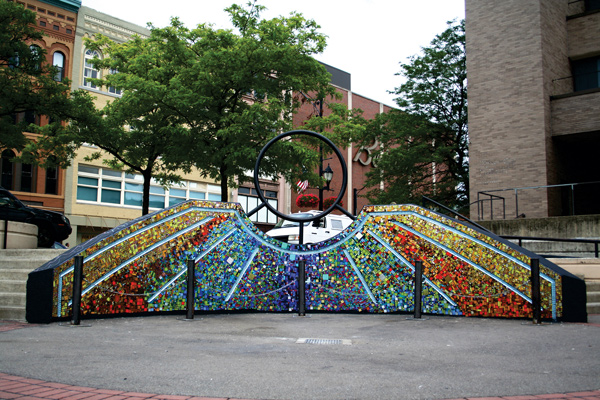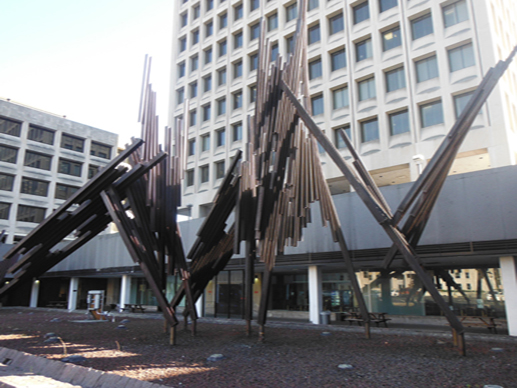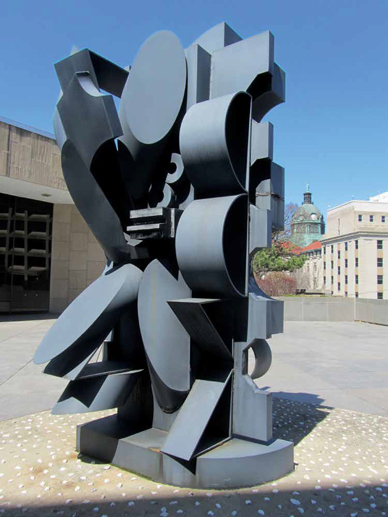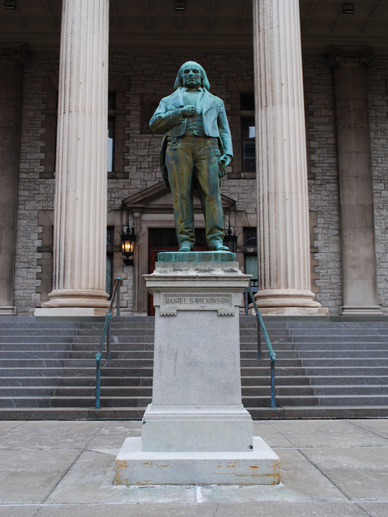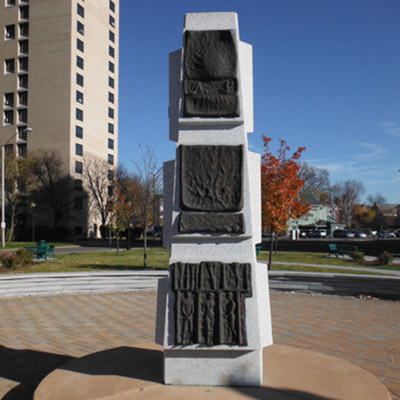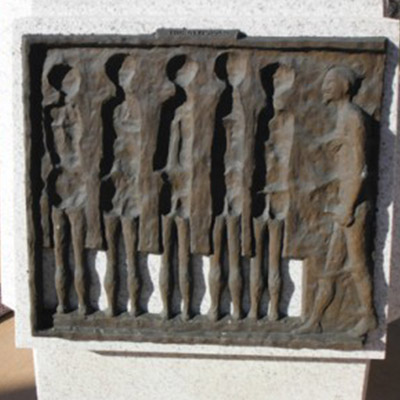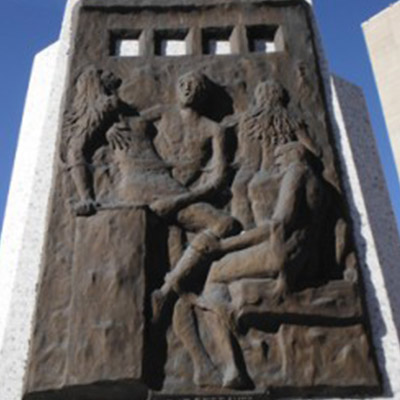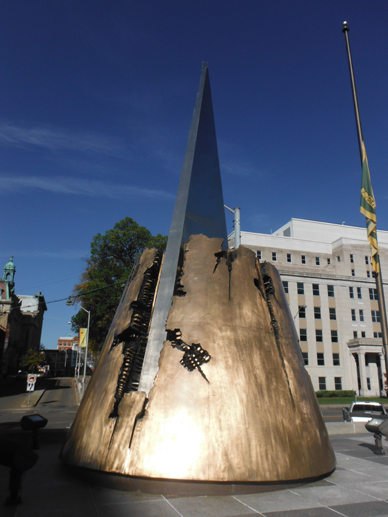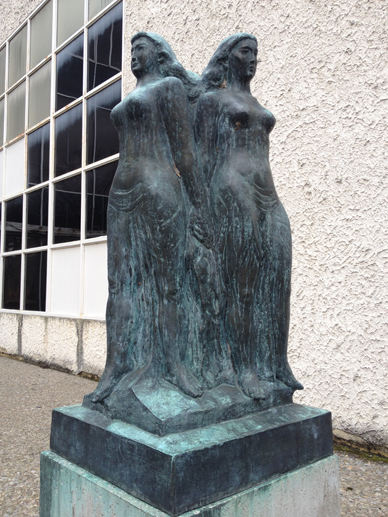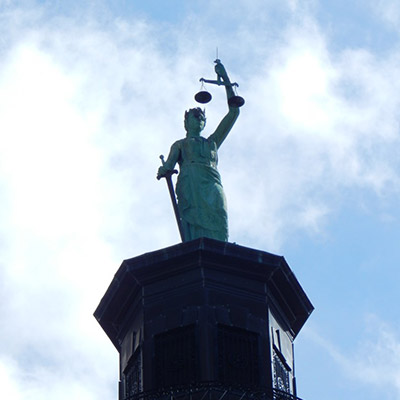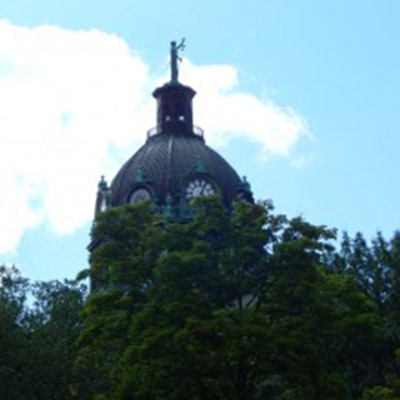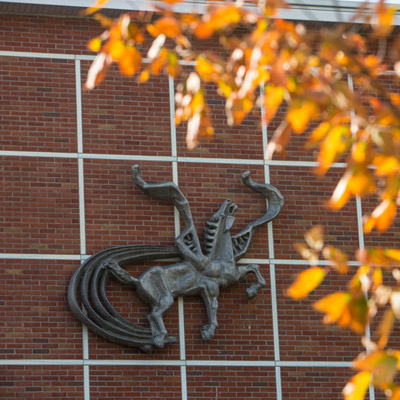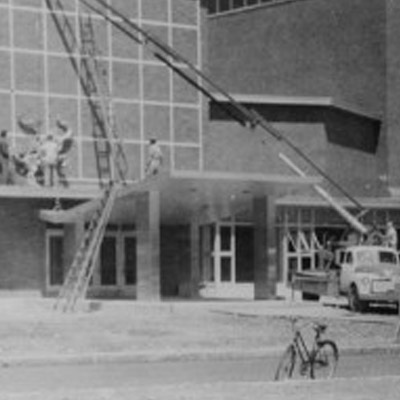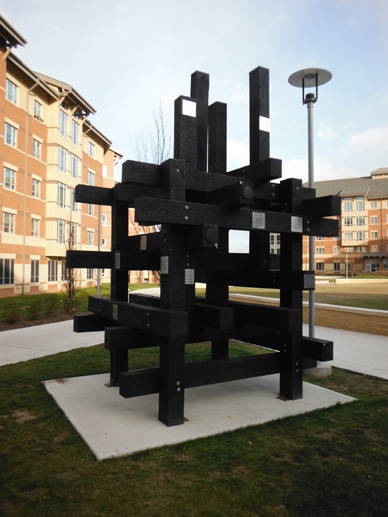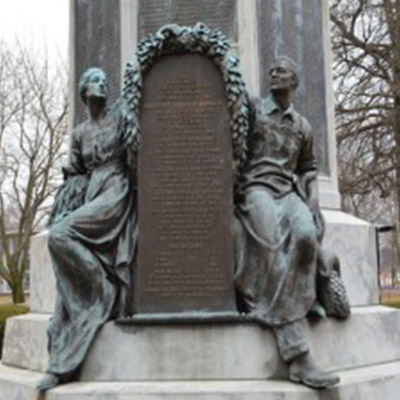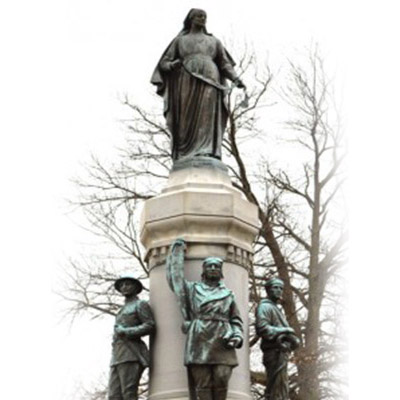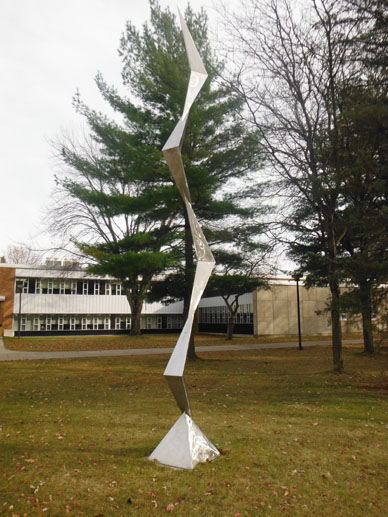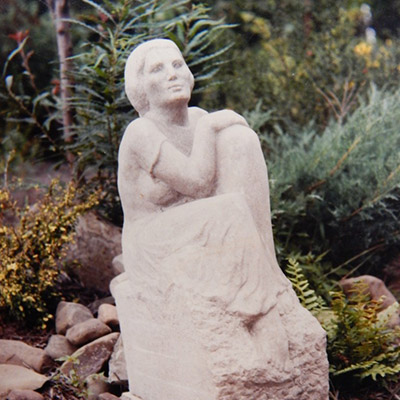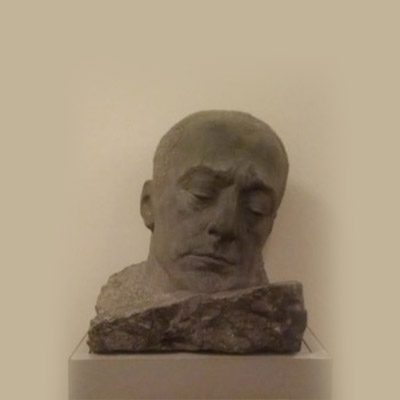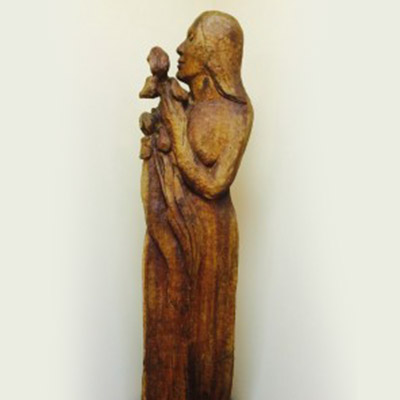Reviewed by Tony Villecco
The Binghamton Philharmonic, under the direction of Maestro Jose-Luis Novo, executed a powerful and emotionally charged presentation of Giuseppe Verdi’s monumental Requiem Sunday afternoon (Nov. 11) at Binghamton University’s Anderson Center.
From the get-go, Maestro Novo led his brigade well, caressing Verdi’s lines with authenticity while provoking the orchestra and chorus to moments of delighted madness.
Just as, for years, some critics and historians have asserted that Camille Saint-Saën’s lush opera Samson et Delilah is really more of an oratorio work, so too, have most rational folks in the musical world acknowledged that Verdi’s masterpiece is far more of an opera than a Mass for the Dead. From the crashing timpani, magnificent brass and trumpets erupting from the back of the auditorium, we see almost immediately this is not your typical requiem, at least in the sense of a Mozart or Faure.
No, there is far too much highly charged invention of melody and dynamics. Difficult vocal solo work and many moments for both orchestra and chorus echo Verdi’s entire operatic canon from Aida to La Forza del Destino to Nabucco. Really all one needed was a parade of elephants to be present, and I say that in the most respectable way. Verdi’s Requiem simply never lets up; even in its most quiet and lyrical passages (especially the tenor’s “Ingemisco”), we anticipate — and rightfully so — the return something bigger and far more grandiose.
First, let me say the orchestra was superb. Novo never once lost his commitment to detail nor was his intention lost on these musicians. The most accomplished chorus was made up from both Binghamton University students and a healthy dose of community singers who followed the maestro’s lead as if mesmerized. They were quite impressive having been properly drilled by University Chorus taskmaster Professor Bruce Borton.
The chorus followed the haunting and powerful dynamics of Verdi’s writing eliciting a visceral response from the audience. Particulary thrilling is, of course, was the familiar and chilling “Dies irae,” whose theme comes back with a torrent of force and musical brilliance. Clearly Verdi was inspired as he penned this section in memory of his friend and compatriot, Alessandro Manzoni, for whom the piece is written.
The powerhouse soloists were soprano Janice Chandler Eteme, mezzo Stacey Rishoi, tenor Marco Panuccio and bass Gustav Andreassen. Each was given ample opportunity in both ensemble and solo work. Eteme was overshadowed at times but did a thrilling duet with Rishoi, the “Agnus Dei,” in which the mezzo sang an octave below in unison. Panuccio has some lovely mezzo di voce moments in the “Ingemisco” while Andreassen offered a compelling “Confutatis.”
But the real star was Verdi, who gave the world a work of an almost painful thread, its recollections and ideas of heaven and hell and our own mortality a riveting reminder that, in music, we can all experience redemption, release and the hope for life eternal.


